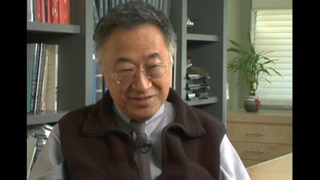Interviews
Taking pride in children’s surgery
I’m known as a coronary heart surgeon, but I take more pride and interest in children’s surgery. The children’s surgery is so much different than the coronary bypass surgery. They’re all different. The anomalies are all different. And I take pride in the fact that I have easily the world’s longest survivor in correcting a condition called Transposition of the Great Vessel, where a child is born with the vessels turned around. This is a strapping Hawaiian boy, who is about 280 pounds, I think, who is about 30 years old now and he tells me he can bench-press 300 pounds. I know he’s the longest because the doctors here sent him to Boston when he was about 18 years old because they didn’t know how to manage it. And the first thing Boston came back was, “Where did you find this patient?” because they haven’t seen one that was corrected.
Date: May 30, 2006
Location: Hawai‘i, US
Interviewer: Akemi Kikumura Yano
Contributed by: Watase Media Arts Center, Japanese American National Museum




